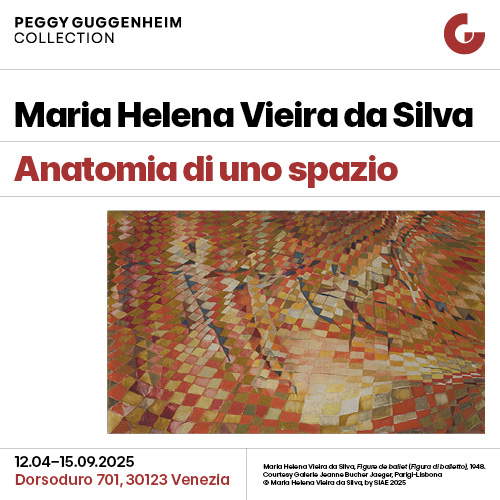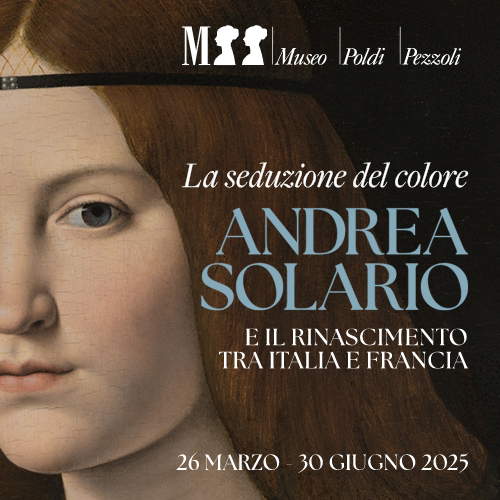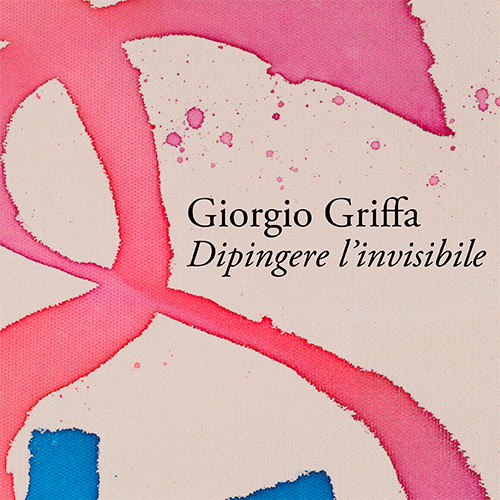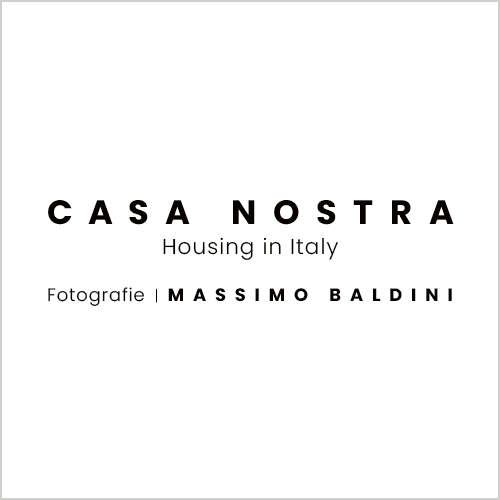Are they closing the Leonardo3 Museum to put a restaurant in its place? Director speaks
The Leonardo3 Museum in Milan risks closure: this is the possible effect of a bureaucratic-administrative dispute over the space in which the facility is located, which has been dragging on since 2023 and has already reached the Lombardy Regional Administrative Court. The Leonardo3 Museum has been in operation since 2012, first as a permanent exhibition and then as a museum, and over the years has seen a steady increase in the number of would-be visitors, sealing an all-time high of about 270,000 in 2024. The institute, on about 600 square meters, displays reconstructions of Leonardo da Vinci’s machines, reproductions of his drawings, multimedia apparatus to understand the work, artistic and scientific, of Leonardo, as well as a room with a reconstruction of theLast Supper as it must have been when the artist finished it. Leonardo3 is, moreover, also a research center. But how does the affair that threatens to close the museum come about? What are the prospects? And what does the museum expect? We talked about it with the director of the Leonardo3 Museum, Maximilian Lisa. Interview by Federico Giannini.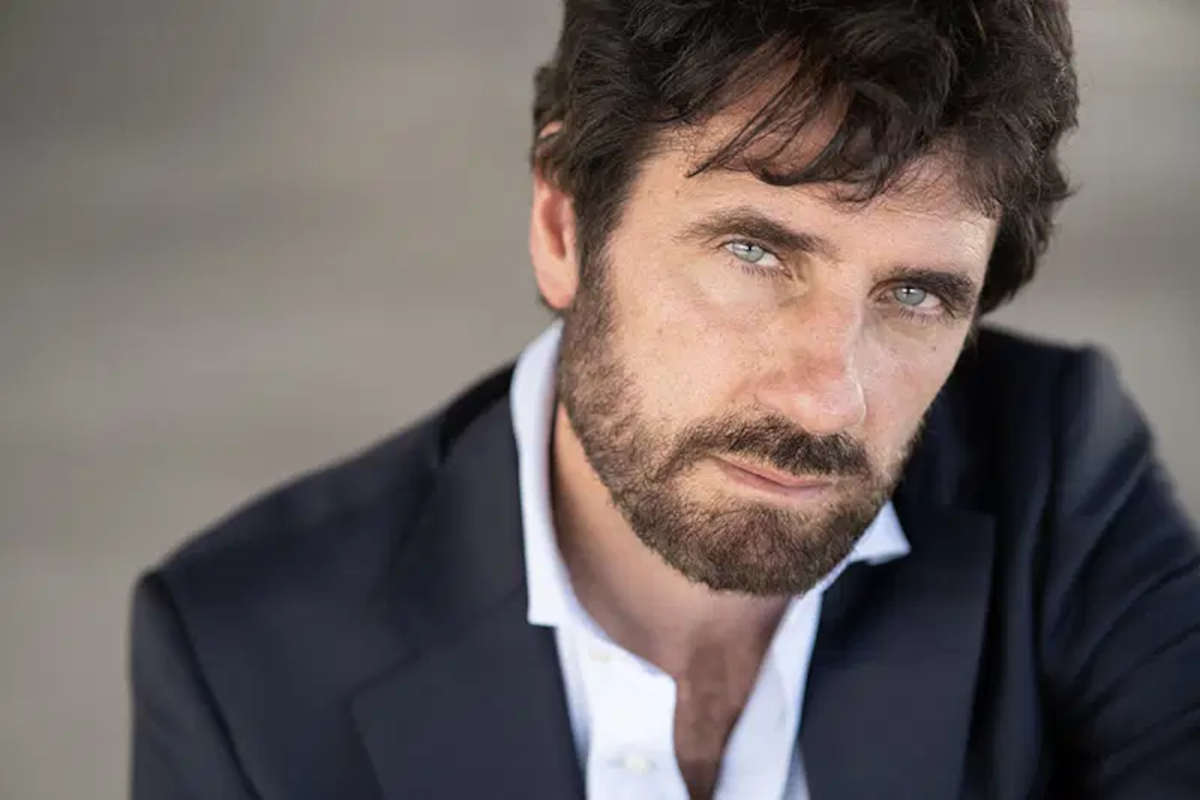
FG. Director, meanwhile, how have you spent the last few days, after the press conference in which you announced that you are willing to go on hunger strike in order to save the museum? Has anything moved?
ML. We sent appeals: the most important ones were to the government, the Minister of Culture, the President of the Region and President Mattarella. To date there has been no response whatsoever. By the way, in addition to the letters that were sent directly to the recipients, we also started publishing these appeals in newspapers, as well as Martin Kemp’s open letter. However, there has been no response, rather there has been what I perceive as censorship, for example from Corriere della Sera, which was the only newspaper that, following last week’s press conference, despite being the Milan daily, did not publish a line despite having received our press releases anyway. We also found attention from Councilman Marrapodi who made an interpellation in the city council following the press conference. I hope that between now and March 1 answers will come from the government or the institutions, otherwise, since I promised, I will stick to what I said, and from March 1 I will begin a hunger strike.
This affair stems from an administrative-bureaucratic dispute -- can you briefly summarize for us what the reason for the dispute is?
No, this affair stems from other premises: in October 2023 I learn that the public land concession that we (and not the concessionaire) had always applied for would be denied to us. So I immediately took action, writing to the councillor for culture, the councillor for state property, and the mayor (on the strength of the fact that in May we had had the celebration of 10 years of activity, and on that occasion the president of the city council, who came on behalf of the mayor and the entire city council, said that we were one of the most important entities in the city), to ask how it was possible to have the museum closed. So I did a lot of research and found out that there had been an allocation of space on the roofs of the gallery, and that the State Property Office intended to give it to an activity called High Line Galleria, a museum-tourist type rooftop walkway. You would enter from Silvio Pellico Street, so on the side of the gallery, and walk on this rooftop walkway, which was originally was the rooftop maintenance service walkway. This activity then closed in 2019. However, I learn that later on someone had taken over this space again and the state property department decided to move the entrance from Silvio Pellico Street to where we are. I objected by saying that it was not physically possible, in the sense that already the space is small for us and it’s at the limit: at times of great influx we struggle to handle the public. Then we do it in a safe and adequate way because we have been here for so many years, and we manage the entrance with cordons basically keeping one side for the entrance (and here the public sometimes stays put when queues form), and the other side for the exit of the visitors (and also for safety, because if something were to happen and the public were to evacuate you have to leave at least a meter wide to exit). Here, to use the same entrance for another activity that would have to enter where our public exits, so taking away the escape route as well, would have been crazy, even from a safety point of view. Just as it would have been crazy to have two activities, which also insist on passing tourists anyway and cannibalize each other, on such a small entrance. After I opposed this solution, the sudden contestation began. But it doesn’t end there: meanwhile, there was no call for bids. The issue of overhead spaces arose after an expression of interest that occurred during the Covid period, when we had no visitors because we were in lockdown period and all the museums were closed. So, while we were closed, someone met with the state property and became interested in those spaces on the gallery rooftops and other spaces, because there is not only the High Line promenade there: there is also a neighboring space, a large terrace on Piazza Duomo, under the so-called Clock Tower, which with this project will be transformed into a walkable and usable terrace. Basically, in the midst of the Covid period, a notice was posted on the city’s website saying that there was this expression of interest for a commercial and receptive use. Which is very important: who would be interested in opening a store that sells on the rooftops of the gallery, since they cannot have a sign? But since the subject interested in these spaces already had a business, Duomo 21, a terrace-lounge bar on Duomo Square, which is two floors below, this subject was the only one who might be interested in that kind of business. So, no one expresses interest and the subject in question is awarded these spaces. Then, in 2023, which is the year when all our problems start, they get the concession from the state property, and the state property gives them a section, from Silvio Pellico Street to the Galleria, of rooftop walking, without a call for bids, following a request through PEC. At this point, the concessionaire also asks to be able to transform the entrance to move it to where the museum entrance is. So, the concession of these spaces is given without an additional fee (they say they found out that they have to do additional work on the spaces they were awarded and so they also ask to have these spaces without a fee), in addition, the spaces, from commercial-receptive, are granted for tertiary, so for example any catering or tourist activities. This is the point: I am tired of them continuing to pull up a smokescreen to cover up this situation, so I take responsibility for pointing it out.
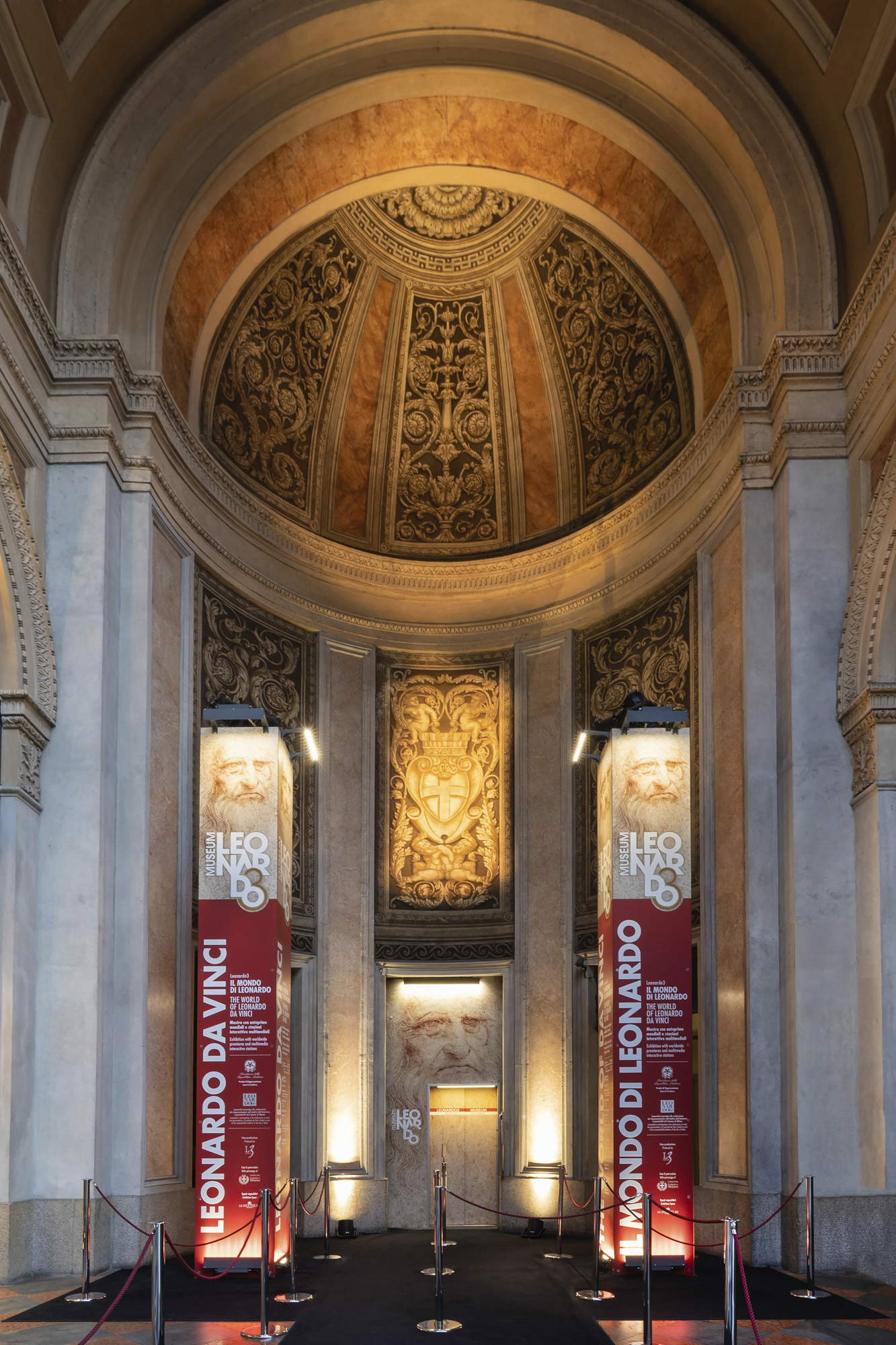
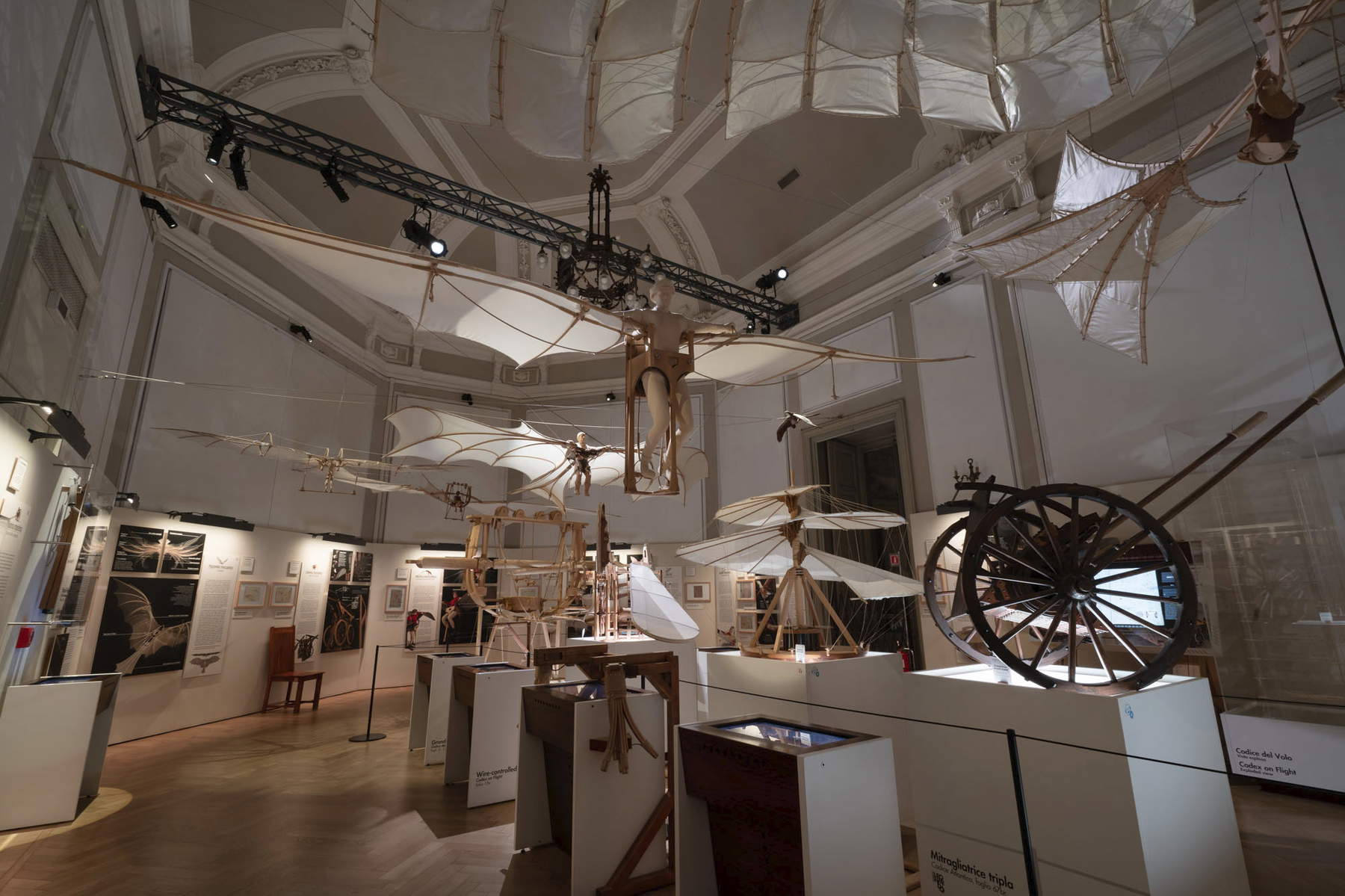
The City has already made it known in a memo that regardless of how the litigation goes, the fate of the museum will still follow that of the contract, meaning that when the contract expires, the allocation of space will follow the process of the public bidding process, in essence they will be put out to tender. The contract is set to expire in November 2031, and you described as a hostile maneuver the City’s assertion that once the contract expires, the space will be put out to bid. What are the alternatives that the City would have to allow the museum’s operations to continue?
In the meantime, it is not the City that is allowing us to stay open until the ruling: the TAR imposed it, writing in black and white in November that the City must come to an agreement with the concessionaire to guarantee the museum’s opening. To answer the question of what the municipality can do: it can do a lot. First of all, there is no provision in the law that prohibits sub-granting. On the contrary, it is even made explicit in the new contracts of the municipality that in case of subconcession, the council has the power to accept it. That is a clause that cautions the municipality against unwelcome subconcessions, but in our case the party that had obtained the concession for a hospitality business (a hotel), in making the deal with us upgraded the business, in the sense that they went from spaces that they used for hotel-related events to a museum, so they improved the use of the spaces, they did not make it worse. The municipality has every right to say that the collaboration (or sub-concession) is fine. Which moreover it has already done, because otherwise we wouldn’t have been here for 12 years and they wouldn’t have given us 10 years of patronage. So they have been doing it for 10 years, all that was missing was the formal step on which they stuck, but they have all the power to make that step. The second thing it can: since the spaces in recent years have been ceded by Alessandro Rosso, who was the concessionaire of the global spaces, to V Srl for 18 million euros and to Duomo 21 for 1 million (we have remained attached to the current concessionaire who today, also given all these bureaucratic issues, is very willing to cede the concession to us and let us take over the museum space), in the same way the City Council can assent to the possibility of letting us take over the concession in the museum spaces. The third thing it can do, as Councilor Marrapodi also writes in the question, in case it goes wrong for us and the TAR proves the City Council right, is to take back possession of the spaces and give them to the concession without a call for tenders for reasons of public interest. It has already done it with Rizzoli because it is a bookstore, all the more reason it could do it with us who are a museum, giving us in direct tenancy of the space, and also a concessionary fee, because moreover both the concessionaire and, by reflection, us, today we do not even have a concessionary fee for those spaces. The problem, however, is that the municipality, both with the forfeiture action that it took, which was not mandatory, and with the statement that it made to the press and that you quoted to me, shows once again that they don’t want us, and they want to shut us down. And I find that very serious. That is why I have turned to higher authorities: the government and the president of the Republic.
You, however, what do you expect? What do you think will happen in the coming months? Will the municipality somehow take action? Do you expect anything from the administration, or do you think that, given also the attitude everyone has taken in this matter, we will go ahead with the litigation and see how it ends?
I think that a conscientious administration should understand that the action toward us was retaliation because we intended to uncover this pot, and it should recognize, as it has always done for ten years, the importance of our museum. Let’s say that to the politics of this city, having never received me in these sixteen months, I could never tell this truth. So they have only heard the bell of the state property on this matter. I hope that hearing what I’m telling them they will correct and intervene, or some other authority will intervene to prevent a business like ours from closing.
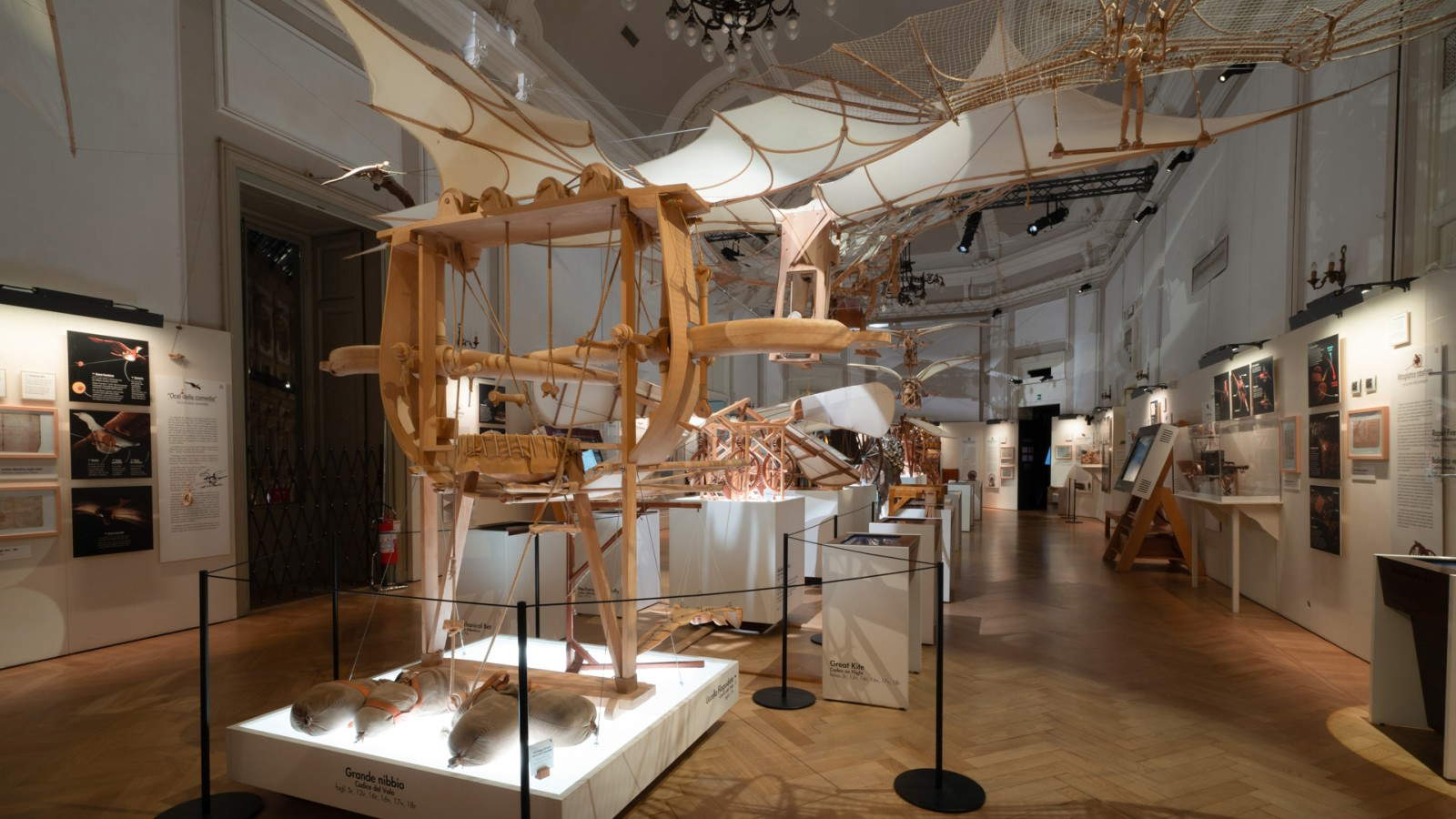
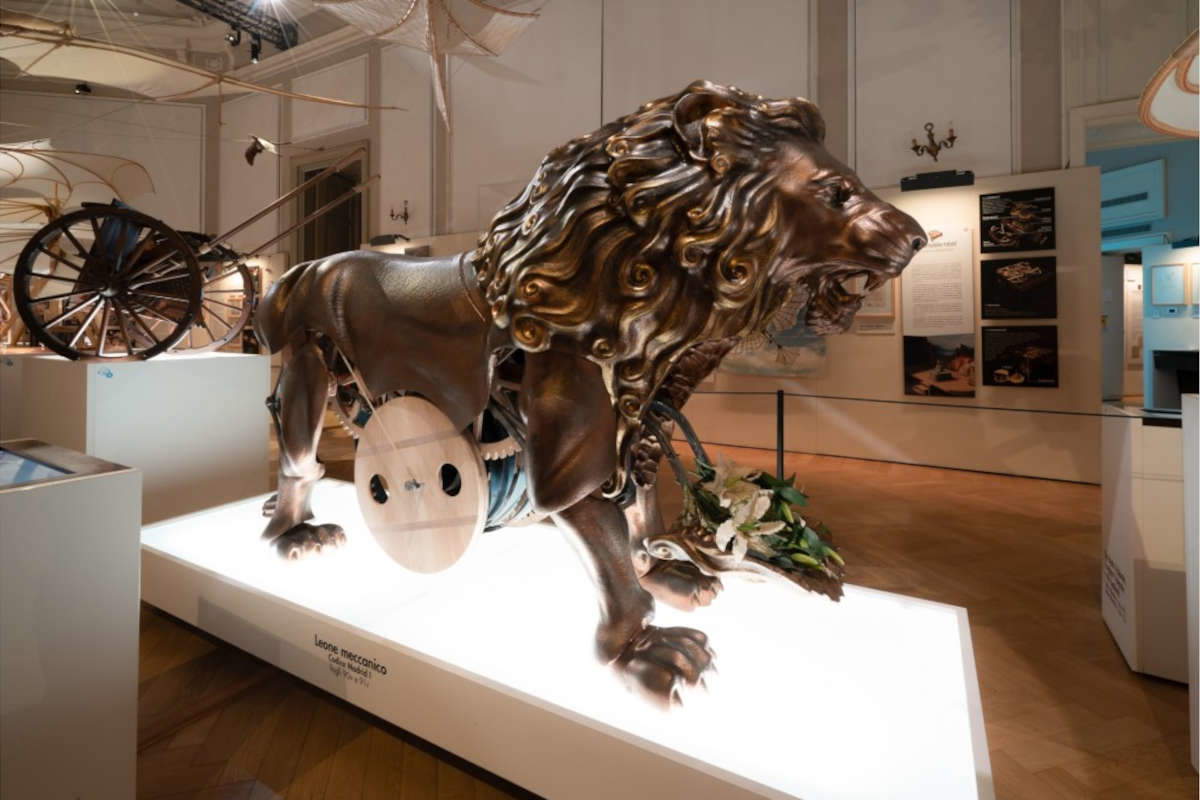
For you, of course, it is important to be based in the spaces where you are now: here, how important is that? Have you also considered the prospect of an alternative venue?
No, this location is critically important because I still recognize that beyond the quality of the offerings we give, we would not be doing these numbers if we were not here. And therefore we could not have the resources to do all that we do, because these numbers allow us not only to be here, not only to have the structure that we have (we are 25 people in total), but also to do all the research that underlies this work, because the important thing to remember is that the exhibition space is the final output, but at the base there are 20 years of study center that every day with our researchers is studying Leonardo and making the content that we exhibit here and around the world when we do temporary exhibitions. This premium position makes us make numbers that are not an end in themselves anyway: the tickets support everything, they allow us not only not to take public contributions and not to burden the state coffers, but to support research. So it is a virtuous circle. Closing Leonardo3 would not only close a museum, it would leave 25 people at home supporting their families, because then there is also this aspect.
So you are telling me that, as of today, the alternative to a Leonardo3 remaining in gallery spaces is simply closure.
Yes. Or at least the closure of the research center, resulting in the dismissal of the employees. Then, of course, some exhibitions around the world we would continue to do, but at this point without doing any more research, without having the structure we have now. We stay in two or three, do a few exhibitions and that’s the end of it. But we have structured ourselves over the years with costs and research also based on revenues that have now not only stabilized, but are continuously growing: we have gone from 248 thousand tickets in 2023 to 268 thousand in 2024 starting in 2013 with 135 thousand, so there has been a continuous progression. And based on that we also made investments in personnel, structure, organization. Nobody imagined that suddenly we would be thrown out like this. This is also what I find unethical and undignified.
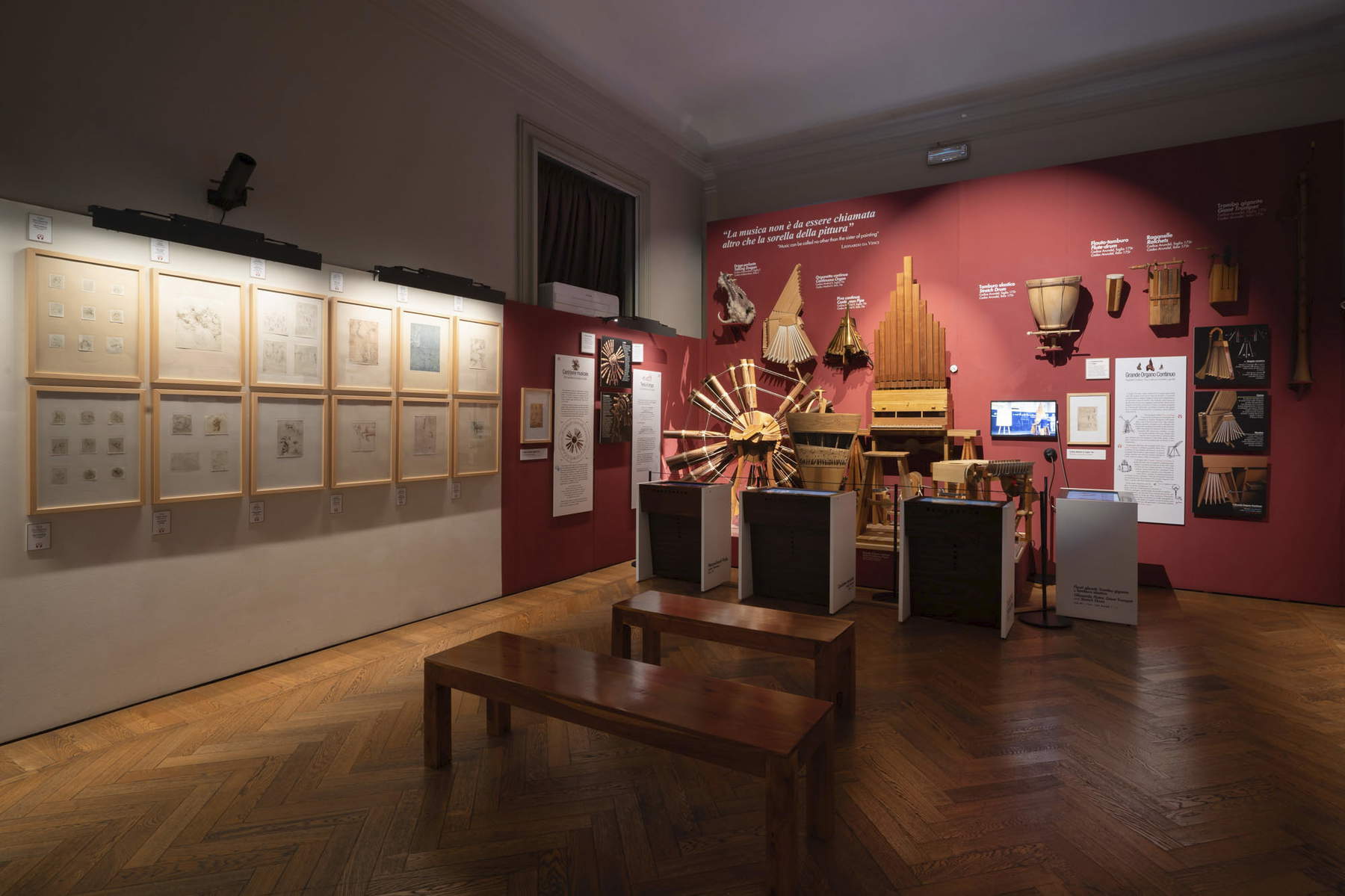
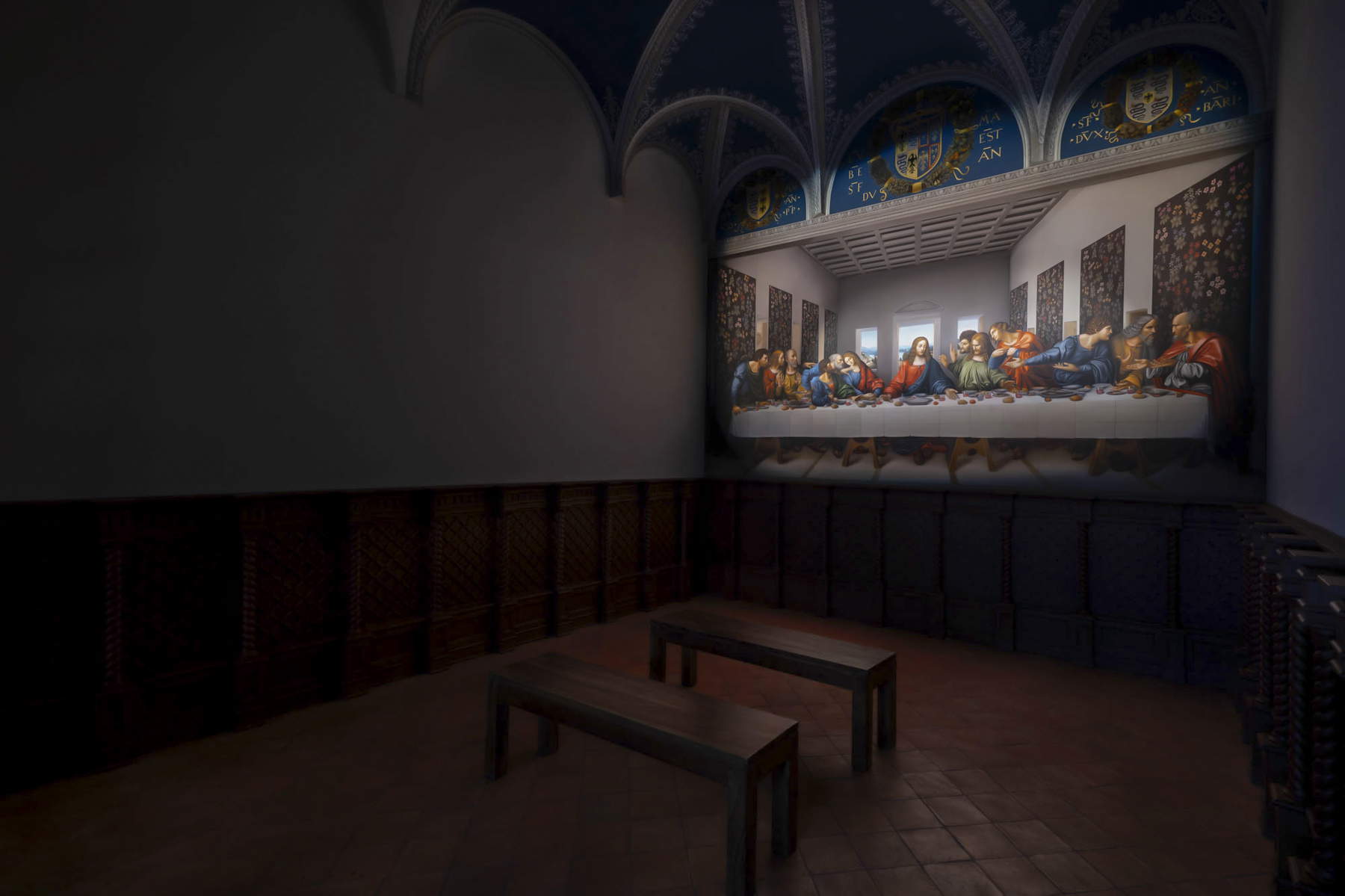
Leonardo3, as you anticipated, in addition to being a museum is also a research center where various professionals work who over the years have been able to make Leonardo3 an important reference point for knowledge about Leonardo. Can you tell us briefly what you do, at the level of research, at the level of teaching, at the level of dissemination, and what it is that sets you apart, how you work, what are some of the activities you have done over the years?
The thing that distinguishes us is that we started 20 years ago (when technology for cultural heritage enhancement was still a new thing) using the formula ofedutainment and the study of cultural heritage disseminated to the public in a way that is, let’s say, didactic and also a bit pleasant, playful: therefore, edutainment and culture that is accessible even to non-experts and the youngest. The first thing we did 20 years ago was a year-long exhibition at the Pinacoteca Ambrosiana, where we had proposed the digitization of some pages of the Codex Atlanticus and the interpretation of Leonardo da Vinci’s drawings with 3D. This was combined with the physical reconstruction of Leonardo’s models that came out of the experience of Edoardo Zanon, who was the chief researcher who had started and understood these methodologies working for the Museum of the History of Science in Florence, with Professor Galluzzi in collaboration with Professor Pedretti. I, who at the time was working in the publishing industry specializing in multimedia and education, saw this kind of innovative and technological approach that Edoardo Zanon was doing and proposed, after seeing the work done for the Museum of the History of Science in Florence, to bring together what were separate skills (the museum, the scholar i.e., Pedretti, the carpenter who did the physical model, the 3D part, the exhibition, the publication) under a single structure that would start from the study of Leonardo’s originals and arrive at innovative edutainment methodologies and dissemination to the public with traveling exhibitions, although already at the time our goal was to get to the point of making a museum. It is an experience that has allowed us to have a unique know-how, because there is no structure in the world that has been continuously studying Leonardo’s work and disseminating it to the public for 20 years, particularly with regard to machines: as is well known, there are practically never any drawings by Leonardo of a completed or final machine or with all the details, because they are almost all personal annotations or drawings that were presented to clients to amaze them, but there are no blueprints in which we understand everything. We are able to integrate Leonardo’s various annotations, working on his twenty thousand sheets to figure out what is missing, what to take from another codex, another sheet and so on, and we are able to make reconstructions that no one has ever done. That’s why you see for example twelve working musical instruments from us that are nowhere to be found, Leonardo’s mechanical lion that walks and works, flying machines that no one has reconstructed, precisely because we have now developed a unique know-how on the subject. But they also do other kinds of research: years ago, on the occasion of a major exhibition in Qatar sponsored by the Ministry of International Trade, in which we had done the part on Leonardo da Vinci, Emir Al Thani asked us if besides Leonardo we had anything else to propose: we proposed to do the same work we do on Leonardo on an 11th-century Arab scientist, Al Muradi: the Biblioteca Medicea Laurenziana in Florence has his only surviving manuscript, and we proposed to interpret his work. In six months we produced a digital version of the book on Al Muradi’s machines, which you could browse through, with translations in various languages of all the texts, and all the drawings of these machines animated in 3D, as well as two physically realized machines. This is to say that our working method would also be applicable to other subjects. That’s what we continue to do with our small museum in the gallery, on axis with the Leonardo da Vinci monument, in the city where Leonardo spent most of his life, so that’s also why it’s important that we stay where we are.
To conclude: what do you think the loss of a museum like the Leonardo3 Museum would mean for Milan?
The closure of a reality that for 20 years has continued to produce new studies, new machines, new interpretations and further knowledge of Leonardo da Vinci, would be a loss of cultural heritage, of the possibility of further discoveries, a deprivation of the possibility of popularizing Leonardo in this way not only for the city but also for Italy and the world. We would be a burden for the city, but moreover we are also an economic resource, between induced activities, personnel, rents... it would be an unacceptable loss, nonsensical, and that is why we are addressing the various authorities. I also love to say that I, more than once, read in the comment book children who wrote that ours is the most beautiful museum they have ever been to, despite being a small town. To close us would be to kill even these dreams of children, who, moreover, do not come to us to discover a Leonardo as an unmatched genius. We love to make people understand how Leonardo did so many things, how he came to build them, and also all the mistakes he made, because, as we know, Leonardo made more mistakes and had more failures than successes. We celebrate Leonardo as a man who achieved everything he achieved precisely because he loved to take risks and was not afraid to make mistakes. And he made plenty of them. On the technique of the Last Supper, for example. And of the Last Supper we propose not a copy, a print or a digital wall: we propose a reconstruction of the work as it must have been at the time of Leonardo, so whoever goes to see the original in Santa Maria delle Grazie sees the Last Supper as it is today, from us he finds a physical reconstruction of how it must have been when Leonardo finished it, with everything that is missing today, which we did not do by inventing it, but by going to see the various details that recurred in the copies of the other artists made at the time, as soon as Leonardo finished it. And over time, this room became an immersive room because we also reproduced the floor and the walls. Here is another example of what the city would lose. I’ll shout it out: the only way they can shut me up is if I have to continue the hunger strike, and maybe get sick: at that point I won’t be able to speak.
Warning: the translation into English of the original Italian article was created using automatic tools. We undertake to review all articles, but we do not guarantee the total absence of inaccuracies in the translation due to the program. You can find the original by clicking on the ITA button. If you find any mistake,please contact us.





